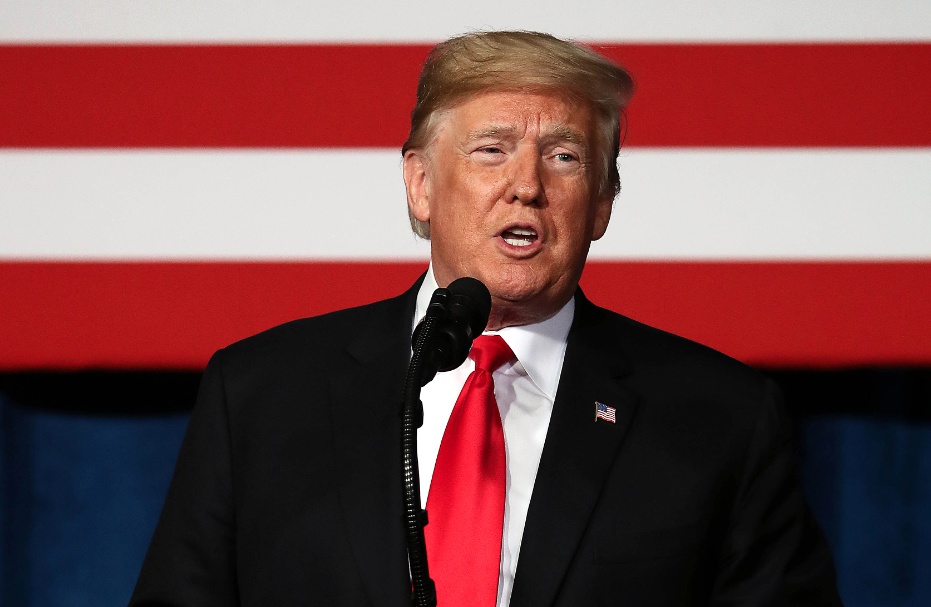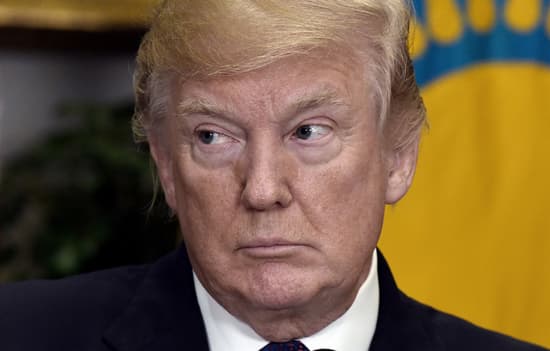President Trump’s tariffs, which have sparked a trade war he said would reduce the U.S. trade deficit, have expanded it instead — to the highest level in a decade.
On Thursday, the Commerce Department reported that the country’s trade deficit had hit a 10-year high at $55.5 billion. It has risen for the past five months. The U.S. trade gap with China also reached a monthly record, rising 7.1 percent to $43 billion.
Trump has argued that those figures indicate that China is “taking advantage” of the United States. Economists say that is not true; they only show that Americans are buying more from the Chinese than the Chinese are buying from the U.S.
The overall trade deficit has increased 11.7 percent since October 2017. In October of this year, tariff collections hit $5 billion, but that wasn’t enough to offset the booming trade deficit, CBS MarketWatch reported.
Trump has levied tariffs on $250 billion of Chinese goods. So U.S. companies are paying more than ever before in tariff duties: $6.2 billion in October, up from $4.4 billion in September and $3.1 billion in October 2017.
Tariff collections on steel hit $446 million in October, and aluminum tariffs $134 million, according to Tariffs Hurt the Heartland, a pro-free-trade group. Since the steel and aluminum tariffs were enacted in May, US firms have paid $3.1 billion to import the metals.
On Friday, J.P. Morgan estimated that Trump’s tariffs have cost the S&P 500 up to 10 percent this year, CNBC reported.
Economists have begun warning that an economic slowdown may be on the horizon, as companies slow hiring and consumer prices rise.
Tariffs are driving up prices through the economy, the Fed’s latest Beige Book reported on Wednesday. “Most Districts reported that firms remained positive; however, optimism has waned in some as contacts cited increased uncertainty from impacts of tariffs, rising interest rates, and labor market constraints,” said the Fed. “Reports of tariff-induced cost increases have spread more broadly from manufacturers and contractors to retailers and restaurants.”
The Trump administration tariffs are disproportionately being felt by the lowest earners in the U.S. economy, said a study released this week by the Tax Foundation. It found the tariffs amount to $42 billion in new taxes. Over the long term, they’re projected to cut .33 percent from the after-tax income of the lowest quintile, compared to a .23 percent reduction for the top 1 percent of earners.



















